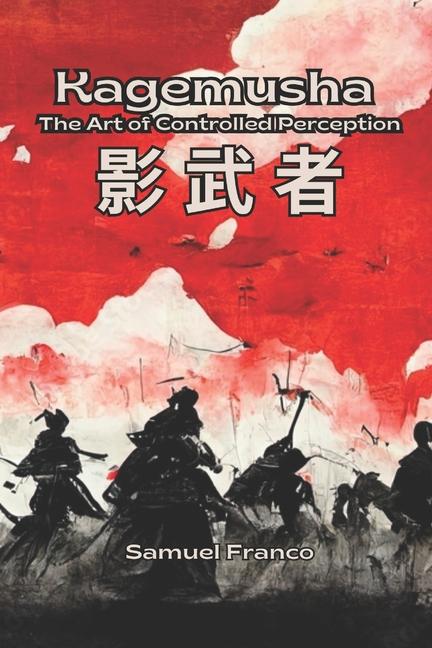Description
In the shifting fog of Sengoku-era Japan, where warlords vied for dominance and deception was often more powerful than the sword, the figure of the kagemusha-the shadow warrior-emerged as both guardian and illusion. Tasked with impersonating powerful leaders to protect them from assassination or preserve the illusion of control, the kagemusha became a living mask, navigating the boundary between truth and performance.
This book explores the forgotten art and enduring relevance of that role. Blending history, military strategy, psychology, and philosophy, Kagemusha: Strategy, Identity, and the Art of Controlled Perception uncovers how the techniques of ancient decoys continue to shape modern leadership, warfare, and social engineering. From the battlefield of Takeda Shingen to the political optics of today's power structures, this is a deep meditation on identity, presence, and the power of the unseen. In a world saturated with visibility and noise, the silent strategies of the shadow warrior may be more vital than ever.
Product Details
- Jun 27, 2025 Pub Date:
- 9798289901668 ISBN-10:
- 9798289901668 ISBN-13:
- English Language




